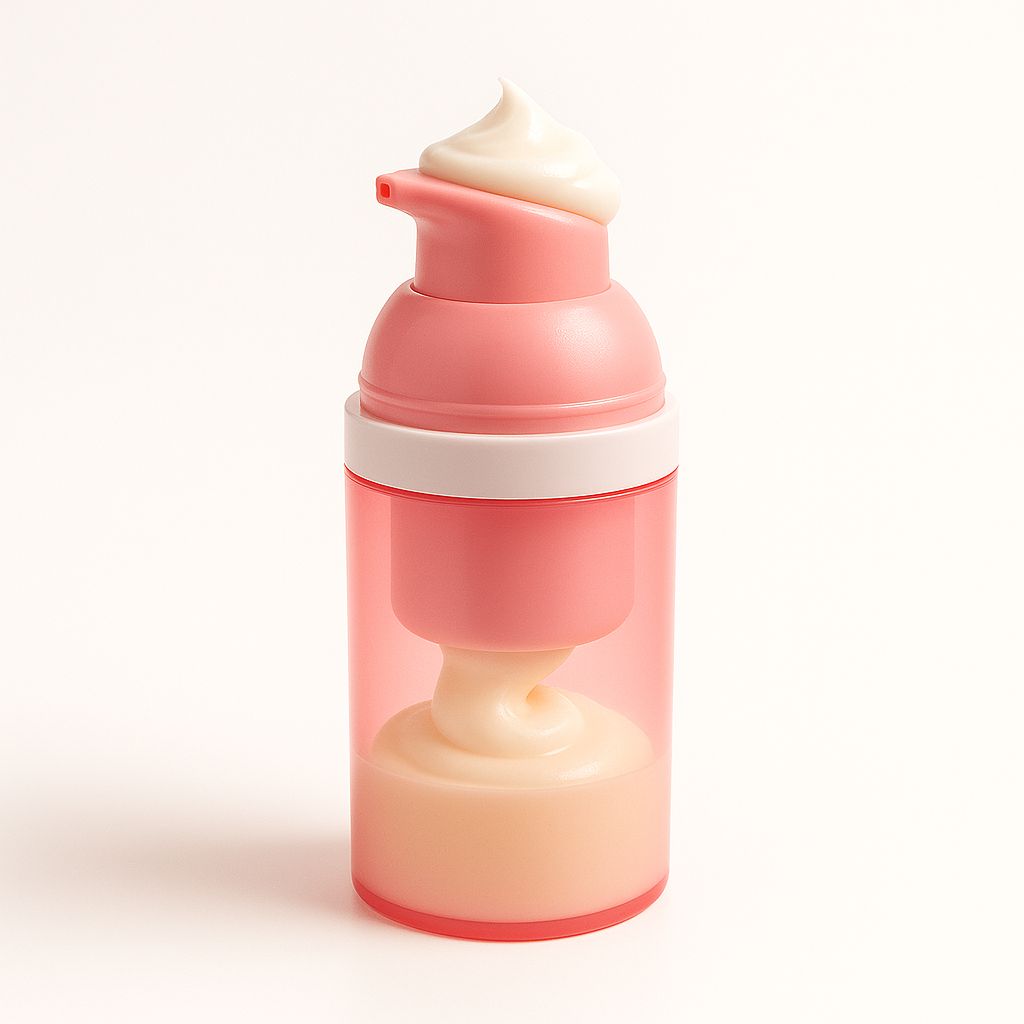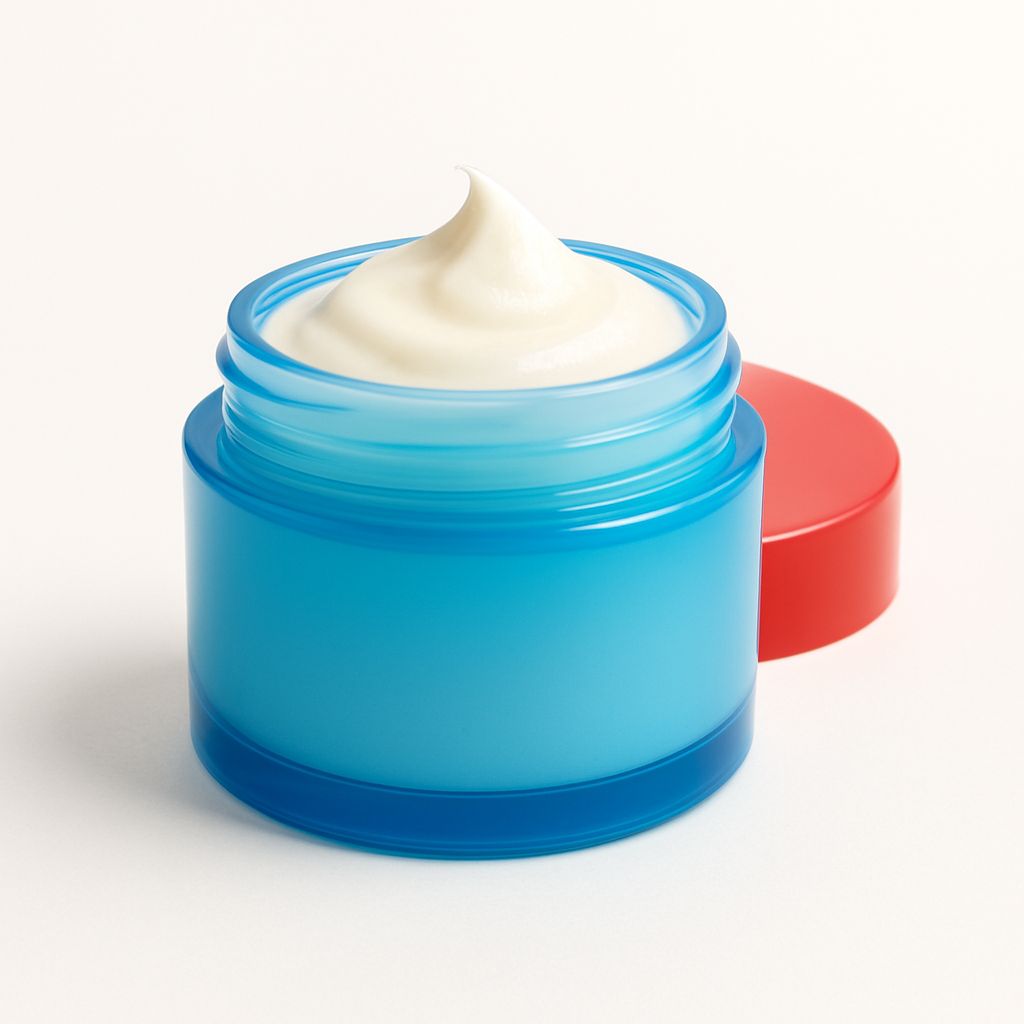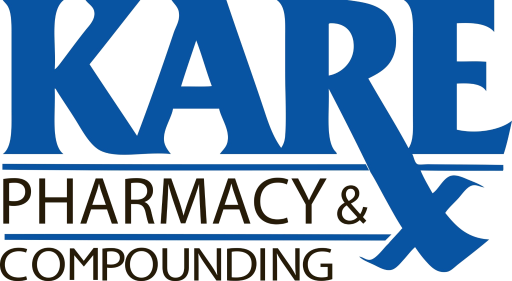
Clinical Information
Use as directed by your healthcare provider. Apply a thin coat to each wart once daily unless told otherwise. Allow the solution to dry before covering or putting on socks or shoes. If you miss a dose, apply it as soon as you remember unless it is close to your next dose. Do not apply two doses at the same time. Your provider will decide how long you should continue treatment.
All three acids are keratolytics, meaning they break down the tough outer layer of skin (keratin). Salicylic and lactic acids loosen and dissolve dead skin cells so the wart tissue can be removed. Trichloroacetic acid adds a stronger chemical peel that helps destroy virus-infected cells. You may notice mild softening or whitening of the wart in the first few days. Visible shrinking often starts after 1–2 weeks, but complete removal may take 6–12 weeks of steady use. Once the wart is gone, normal skin slowly grows back.
Do not use if you are allergic to salicylic acid, lactic acid, trichloroacetic acid, or any component of this product (may cause severe rash or swelling). Do not use on the face, genitals, mucous membranes, or broken, infected, or irritated skin (can cause burns). Do not use on moles, birthmarks, or any growth that has hair, color changes, or bleeding—see a provider for those. Do not use if you have diabetes, poor blood flow, or nerve damage in the hands or feet unless your provider specifically approves (higher risk of severe skin injury). Not for children under 2 years of age. Avoid if you are pregnant or breastfeeding unless your provider decides the benefit outweighs the risk, because large areas of skin exposure could increase systemic absorption.
Using other topical products that peel or dry the skin (such as retinoids, benzoyl peroxide, topical alcohol, or strong soaps) at the same spot may increase redness, burning, or peeling—space applications or use only one product at a time. Oral medicines that raise skin sensitivity to irritation or sunlight (such as isotretinoin, some antibiotics like doxycycline) may heighten local side effects. Avoid covering the treated area with tight, air-proof dressings unless told by your provider; this can increase acid absorption and irritation. Tell your provider about all prescription drugs, over-the-counter medicines, and herbal supplements you use, even if you apply them to a different body area.
Very common (more than 1 in 10 people): mild stinging or burning for a few minutes after application, slight skin whitening. Common (1–10 in 100 people): redness, dryness, flaking, mild pain, peeling. Uncommon (1–10 in 1,000 people): blistering, dark or light spots after healing, small surface scar. Rare but serious (less than 1 in 1,000 people): deep chemical burn, severe swelling, signs of infection (pus, spreading redness), or a widespread allergic reaction (hives, trouble breathing). Most minor effects improve within a few days after stopping the medicine. Seek medical help right away if you notice severe pain, spreading redness, or signs of allergic reaction.
Store tightly closed at room temperature (68–77 °F, 20–25 °C) in an upright position. Keep away from heat, sparks, and open flame; the solution is flammable. Protect from direct sunlight and do not freeze. Keep out of reach of children and pets. Do not transfer to other containers. Discard unused or expired product through a pharmacy take-back program or mix with cat litter or coffee grounds in a sealed plastic bag before throwing in household trash.
Frequently Asked Questions
Q:How long will it take for my wart to go away?
A:Most people start to see the wart shrink after 1–2 weeks of daily use, but full removal can take 6–12 weeks. Sticking to the treatment schedule every day gives the best chance of success.
Q:Can I use this solution on my face or genital warts?
A:No. This product is too strong for delicate areas such as the face, genitals, or mucous membranes and can cause burns. Ask your healthcare provider about safer options for those locations.
Q:What should I do if the medicine touches healthy skin?
A:Wipe it off right away with a damp cloth and wash the area with mild soap and water. If redness or burning lasts more than a few hours, call your healthcare provider.
Q:Do I have to cover the wart with a bandage after applying the solution?
A:Covering is not required unless your provider tells you to. If friction from shoes or clothing is a problem, you may use a breathable bandage once the liquid is completely dry.
Q:Is it safe for children to use this wart treatment?
A:Children under 2 should not use it. Older children can use it only under a healthcare provider’s supervision because young skin is more sensitive and can burn easily.
Q:Can I swim or shower after applying the medicine?
A:Wait at least 1 hour, or until the solution is fully dry and set, before swimming or showering. Water can wash away the medicine if it has not completely dried.
Q:Will the acids leave a scar?
A:Most warts heal with little or no scarring if you apply a thin coat and avoid picking at the area. Deep burns from overuse or covering large areas can raise the risk of a small scar.
Related Products

Benzocaine | Lidocaine | Tetracaine Cream
This is a compounded topical cream containing benzocaine, lidocaine, and tetracaine used for numbing specific areas of the skin. It may be used to help relieve pain and discomfort from procedures or minor injuries.

Kojic Acid | Hyaluronic Acid | Ascorbic Acid Cream
This compounded cream combines kojic acid 5%, hyaluronic acid 0.5%, and ascorbic acid (vitamin C) 2% to brighten uneven skin tone, deeply hydrate, and protect skin from free-radical damage. It is designed for daily use on the face or other small areas with discoloration. The formula targets dark spots, fine lines, and dullness while maintaining skin moisture. Patients typically see a more even, radiant complexion within 4–8 weeks of consistent use.

Illuminate Max Cream
This prescription-strength cream combines four proven skin-brightening and anti-aging ingredients to target dark spots, uneven tone, and fine lines. Hydroquinone 8% helps lighten stubborn hyperpigmentation. Retinoic acid 0.05% speeds up skin cell turnover for smoother, fresher-looking skin. Hyaluronic acid 0.2% draws in moisture to plump and hydrate, while ascorbic acid (Vitamin C) 2% provides antioxidant protection and a healthy glow. The formula is part of the "Illuminate Max" line and is intended for short-term, supervised use under a licensed healthcare provider.

Lidocaine | Prilocaine | Phenylephrine Ointment
This topical ointment combines two strong local anesthetics (lidocaine 23% and prilocaine 10%) with a small amount of phenylephrine 0.5%, a medicine that narrows blood vessels. Together, they numb the skin fast and cut down on bleeding or swelling during minor procedures or painful skin conditions. It is used by healthcare providers to make treatments like injections, laser work, or wound care more comfortable.
